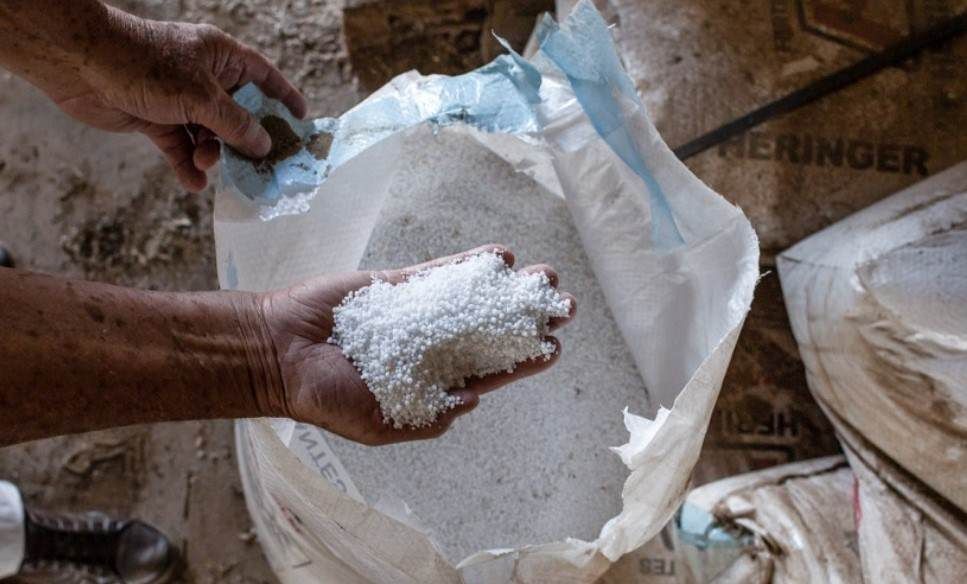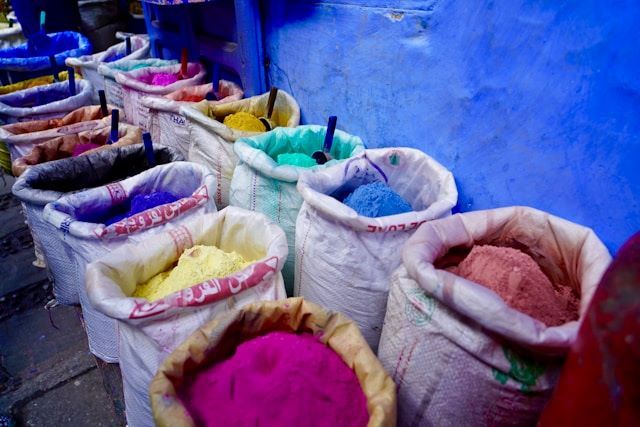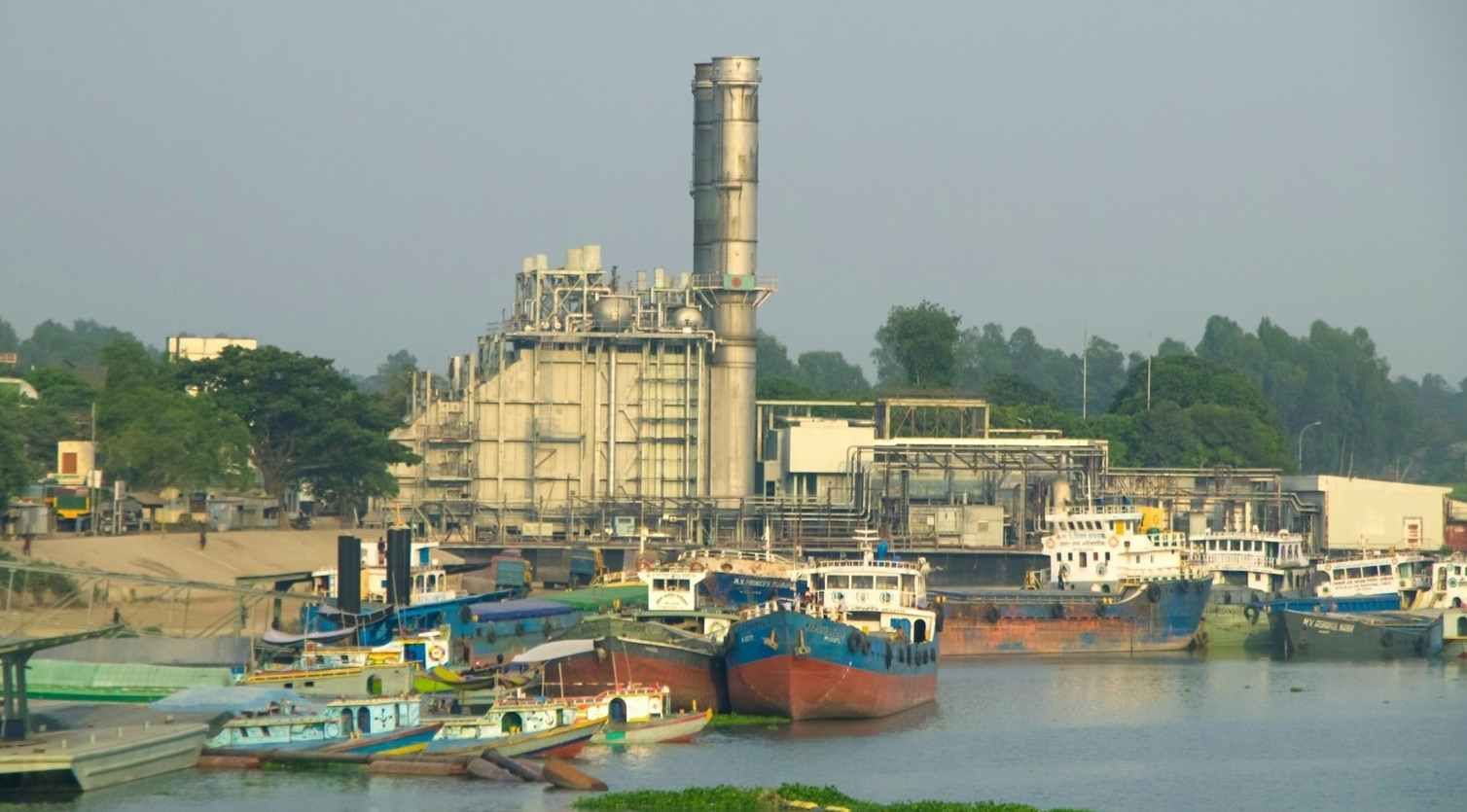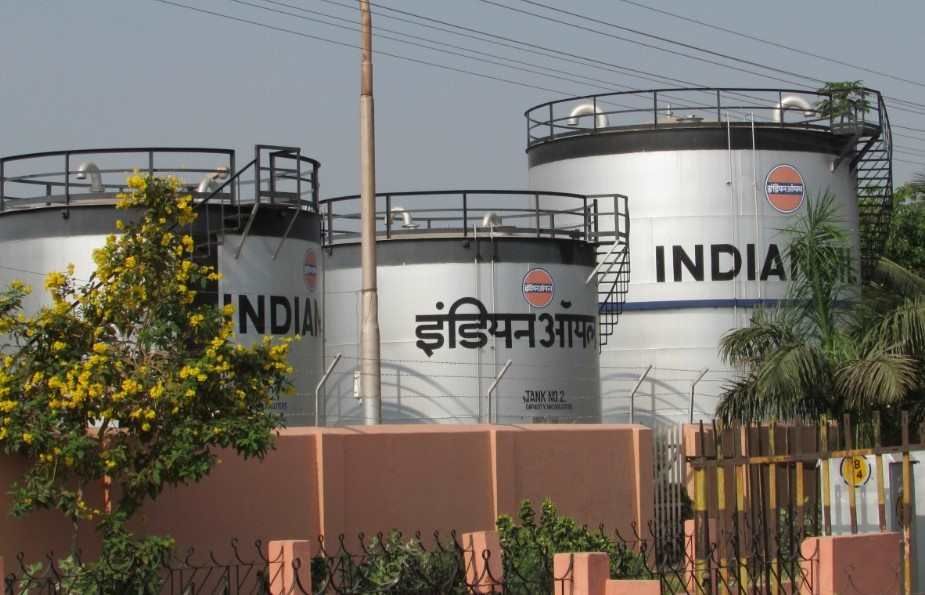The Indian chemical industry is a force of production, ranking as the 6th largest manufacturer of chemicals globally, and the 3rd largest in Asia, behind China and Japan.
It is also an industry which is set for increasing growth. With a current valuation of approximately $220 billion in 2023, it is projected be worth as much as $300 billion by the end of the year, before reaching a $1 trillion value by 2040 – a staggering surge in output comparable with China at the start of the century.

A large part of India’s current and future success is based on its domestic market. For example, India is the 4th largest producer of agrochemicals in the world but is also the 2nd largest consumer of fertilisers.
A better area of success for Indian chemical companies is dye production. Here again, chemical producers have access to a thriving domestic market, with textile manufacturing thriving across India and elsewhere across the sub-continent.
India is the global leader in dye production, accounting for almost 30% of dye exports. Specifically, it is the largest manufacturer of reactive dyes, making up 30% of global production, and the 2nd largest producer of disperse dyes holding a 25% share of the global market.
Much like the wider Indian chemical industry, this sector is predicted to grow, currently increasing at 8.5% per annum. This success is due to proximity to markets, access to investment funds, a strengthening supply chain, and a low-cost workforce.
Related articles: Chemical Industry Distribution at a Pivotal Moment or Why India’s Chemical Sector is Succeeding
A further advantage, and one which was highlighted by Marco Mensink, Director General, European Chemical Industry Council – CEFIC, is access to cheaper energy. This being one of the key reasons why the average cost of producing reactive dyes in Europe has been calculated as being 30 to 40% higher than in India.

At the recent Chemical Industry Outlook Conference in Mumbai organised by the Indian Chemical Council (ICC) Mensink also observed that the global chemical industry was in a state of rapid transition. For European chemical producers, there “… are fears over the Ukraine war, political uncertainties, and global overcapacities, such that the European chemical industry may lose its pole position.” He also noted that India accounted for 2.6 % of global chemical sales in 2023 and was in a prime position to advance its position.
As a report in the textile industry journal Fibre2Fashion, notes, “India produces over 200,000 metric tons of dyes annually, making it one of the largest producers globally. In comparison, Europe’s production capacity has declined to 100,000-120,000 metric tons annually, down from over 300,000 metric tons in the 1990s.” The result is that “India accounts for 25-30 per cent of global dye exports, while Europe’s share has declined to 10-15 per cent.”
Also speaking at the Mumbai conference, Dr Kartik Bharat Ram, the ICC President and Joint Managing Director of SRF Ltd, agreed that the Indian chemical industry had great opportunities for expansion.
“With rising domestic consumption, shifting supply chains, and competitive costs, the sector is poised for significant growth,” he stated, before requesting, “Government support and technological advancements [to] further drive this momentum.”
It was a position supported by a spokesperson for the Indian government, Deepankar Aron, Joint Secretary, Chemicals, Department of Chemicals and Petrochemicals at the tax collection body the IRS who noted that, “With chemical exports contributing 7% of India’s merchandise exports ($45 billion last year) and FDI inflows nearing $20 billion over two decades, the sector remains a key growth driver.” He also reiterated the Indian government’s commitment to supporting manufacturing, by highlighting the INDOVATION initiative, which focuses on “affordable, accessible, and sustainable innovation with Indian characteristics.”

However, the Indian chemical industry is not without its problems, as despite (or even because of) its robust growth, the industry faces challenges, particularly concerning environmental sustainability. The 1984 Bhopal disaster's lingering impact underscores the need for stringent safety and environmental protocols. Recent clean-up efforts have been criticized as insufficient, highlighting the necessity for comprehensive decontamination and responsible waste management.
Rachna Dhingra, a coordinator of the International Campaign for Justice Bhopal, calling a recent government clean-up of the former Union Carbide and Dow Chemicals site a “farce and greenwashing publicity stunt to remove a tiny fraction of the least harmful waste.” Speaking to the Guardian newspaper, she said, “There’s still 1.1m tonnes of poisonous waste leaching into the ground every day that they refuse to deal with. We can see for ourselves the birth defects and chronic health conditions.”
Kamal Nanavaty, President at Reliance Industries Ltd, a Fortune 500 company and India’s largest private sector corporation, agrees that Indian chemical companies should do more, suggesting that they, “…give the utmost priority to sustainability and to safety,” calling, “… the recent spate of accidents in the industry, a matter of concern.”
Other challenges, according to Suyog Kotecha, CEO of Aarti Industries, a leading Indian manufacturer of speciality chemicals, remain in the Indian chemical industry’s supply chain, with procurement issues based on lower labour productivity, an over dependence on imported feedstocks, and a lack of sufficient integration to value chains. “We don’t have end to end integrated value chains in India and this is a drawback,” he stated.

Despite these challenges, the Indian chemical industry is well-poised for success over the coming decades.
“The shift towards sustainability, circularity, biobased products are all also opening up many opportunity areas,” explains Avinash Goyal, a senior partner at the industry consultants McKinsey & Sons. “India has good opportunities in building world scale plants in chemicals like for citric acid, TiO2, polyether, polyols, EVA, MDI etc. We need both scale and value chain integration as well as hi-tech R&D.”
If this can be achieved, he believes that the sector can ‘leapfrog’ its global competitors.
As it stands, the Indian chemical industry is on a remarkable growth trajectory, with its strong domestic market, competitive production costs, and increasing global influence placing it as a future leader in the sector. While challenges such as environmental sustainability, supply chain inefficiencies, and regulatory frameworks remain, the industry’s resilience and adaptability continue to drive expansion. If government support, investment in R&D, and a commitment to safety and sustainability can be enhanced, then India is well on its way to further increasing chemical output.
As ICC President Bharat Ram concludes, “Now, our focus must be on positioning India as a global powerhouse in chemicals.”
Photo credit: Expressive capture on Unsplash, Px here, Frank S, Pinclipart, & Wikimedia